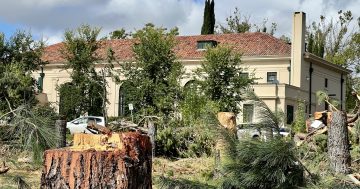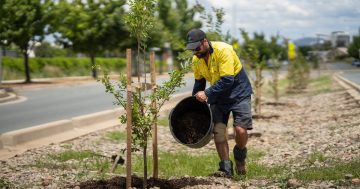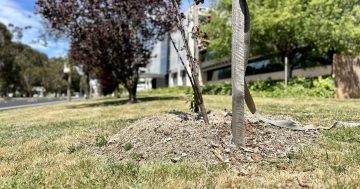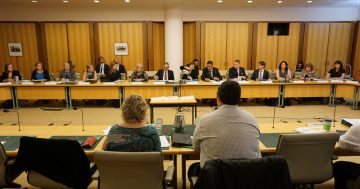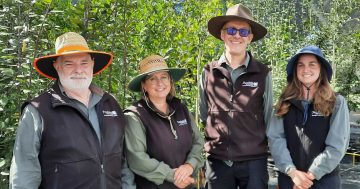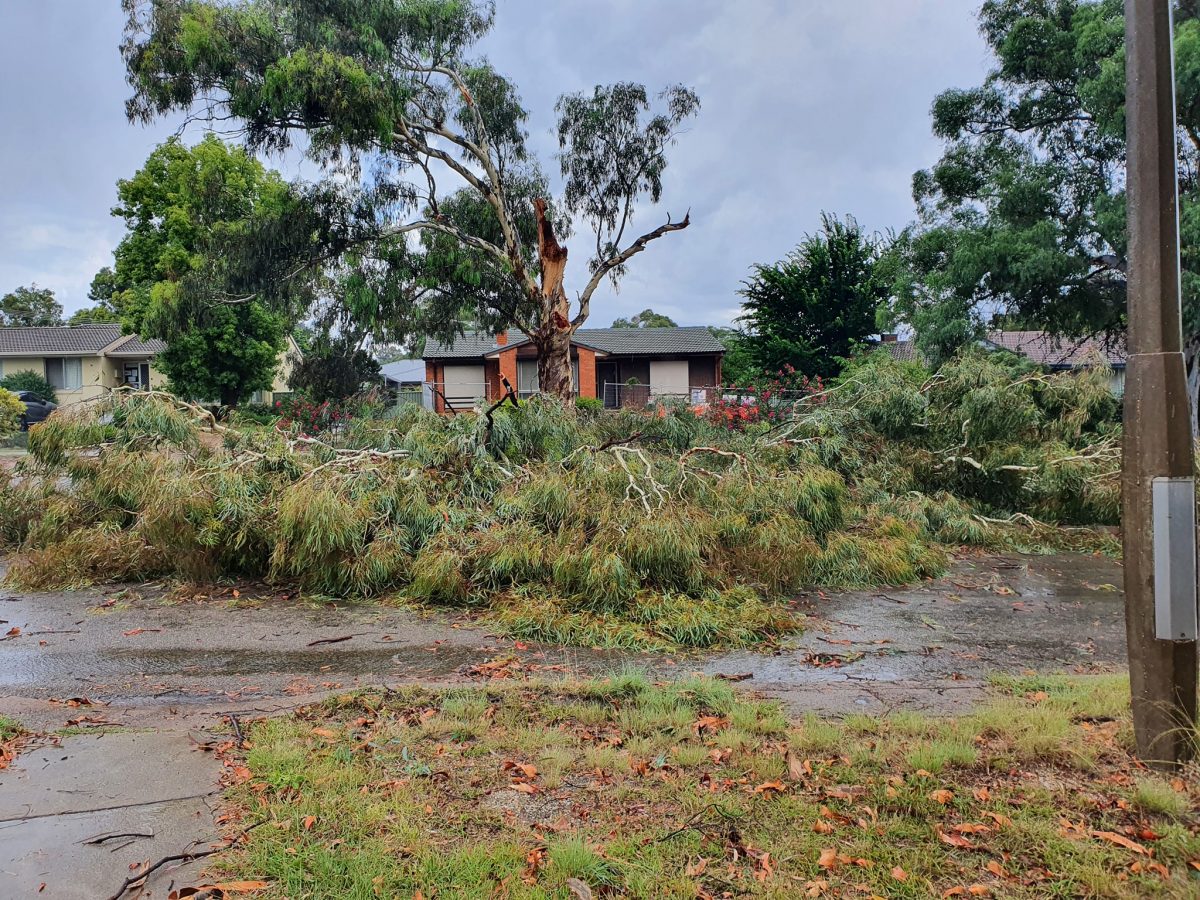
The Opposition says the government should conduct a review into the recent storm in Belconnen. Photo: Jess Tankard.
The question of which trees belong in the suburbs has resurfaced following an inquiry into the supercell thunderstorm, with the government told it’s time to reconsider which trees are planted in urban areas and how these are managed.
After months of inquiring into the January 3 thunderstorm which tore through West Belconnen, a Legislative Assembly committee has now recommended the government “consider the appropriateness of tree species as part of future urban planting with regard to the risk of damage from severe weather events”.
It also recommended a review of the criteria for removing potentially hazardous trees or branches that threaten infrastructure and raised concerns about the legal protections given to trees.
The storm left thousands of residents without power, some for up to seven days, and the clean-up effort took months.
In its aftermath, residents shared stories of being “terrified” of the gum trees near their properties. Others said they had tried for months to have them removed by the government but to no avail.
Many of these stories were shared with the committee and referenced in its final report.
Giant eucalypts, or gum trees, have earned the nickname ‘widowmakers’ as they tend to drop or shed large branches – often onto cars or houses.
“These species are shallow rooted, making them more likely to fall over during storms, and are prone to dropping limbs. They are also tall growing, often overshadowing power lines,” the committee’s report read.
Evoenergy and Belconnen residents urged the government to replace eucalypts with smaller native trees that would not grow taller than power lines.
The ACT’s electricity grid operator told the inquiry it had made 28 requests – six of them urgent – for the removal of trees encroaching on powerlines in the last financial year, but only 16 had been fulfilled.
It was now advocating for a more efficient system to manage potentially hazardous trees.
“Given there are thousands of trees across the ACT that may potentially impact powerlines, it is a difficult and time-consuming exercise. We are seeking a collaboration with the ACT Government to increase the inspection program as the trees are predominantly in Territory land or protected under the Tree Protection Act,” Evoenergy told the committee.
Trees in the Territory are protected by legislation.
The Minister for Transport and City Services can declare tree management precincts and individual trees can also be designated as registered or regulated trees. This means pruning, cutting roots and excavating soil around the base of a tree must be approved.
With a tree canopy target of 30 per cent set for 2045, the government has active tree planting projects underway in conjunction with protections for existing trees.
Proposed new laws would make tree protections even stricter in the ACT by imposing financial penalties on homeowners and developers who remove trees and do not plant new ones.
The committee said it was “concerned” the legal protections given to trees could mean potentially dangerous trees were being left without either being pruned or removed.
“[This could be] further increasing that chance that they will cause damage in future weather events or during drought,” the report read.
“The Committee feels that a better balance needs to be struck between protecting trees and the safety of people and property.”
While witnesses who provided evidence to the committee supported the tree canopy target, they wanted a more “vigorous” program of removal, maintenance and assessment.
Some residents told the committee they had been quoted thousands of dollars for the removal of fallen or dangerous trees and the committee suggested the government consider assisting residents experiencing challenges or difficulties in removing debris from the property.
The committee noted that residents are also responsible for costs like blocked gutters and tree roots, which can impact drainage and lift driveways.
In its comprehensive final report, the committee made a swathe of recommendations, including that the government should consider the communication strategies used to inform affected residents about progress in the aftermath of an emergency and Evoenergy should improve their minimum staffing levels and be subject to increased oversight.
Evoenergy has since confirmed it will begin sending out SMS notifications to residents when there are unplanned power outages. It also works on accreditation requirements so ACT emergency services can work safely on the network during storms.
The full report is available to view.













